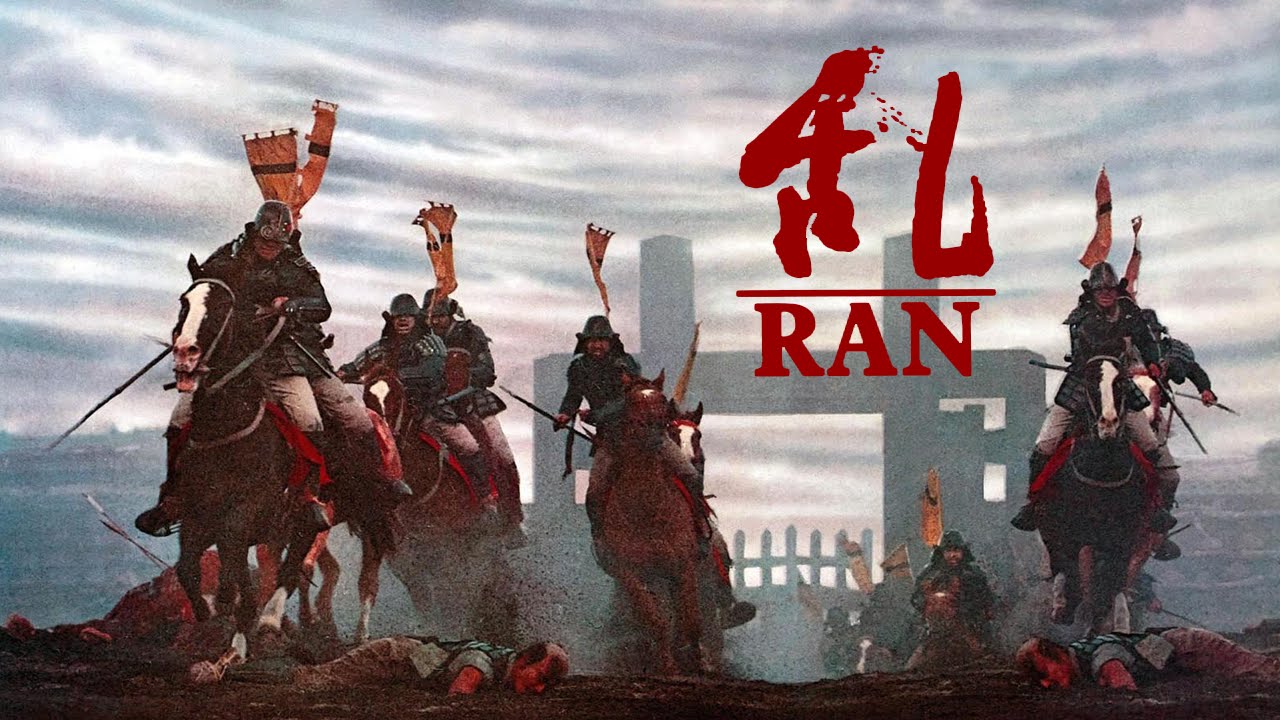
The decline of the major studios that had started in the previous decade continued in the 80s, with Toho, Toei, Nikkatsu, and Shochiku barely hanging on.
The lack of funds started a new trend, the direct-to-video productions, that drew many new artists due to the creative freedom it offered.
Akira Kurosawa continued shooting masterpieces, while another Kurosawa, Kiyoshi, started drawing international attention. Seijun Suzuki and Shohei Imamura continued from where they had left off, each one in their respective fields.
A number of new filmmakers emerged in the 80s. Takeshi Kitano shot his directorial debut, “Violent Cop” and Juzo Itami made three of the most successful movies of the decade.
Lastly, Japanese animated film, or “anime” as it is commonly known, became part of the mainstream entertainment in Japan, experiencing a boom in production with artists like Mamoru Oshii, Hayao Miyazaki and Katsuhiro Otomo.
Here are 20 of the best films of the 80s, with a focus on diversity. I have made an effort to place the titles in order of quality, but due to the number of masterpieces included, the order could easily be different.
20. Antarctica (Koreyoshi Kurahara, 1983)

Based on a true incident about a Japanese scientific expedition to the South Pole in 1958, the original film revolves around a team of sled dogs that were left alone in Antarctica due to extreme weather conditions.
Koreyoshi Kurahara spent three years shooting the movie, in order to present the harsh conditions of the South Pole as realistically as possible. The result is utterly magnificent, with two of the dogs, Taro and Jiro, being the actual protagonists. The film entailed splendid cinematography by Akira Shiizuka, wonderful music by Vangelis, and Ken Takakura providing the human element.
The film was quite a hit in Japan, as it became the highest-grossing production of 1983. Furthermore, it made the particular breed of the dogs (Sakhalin huskies) very popular in the country.
19. Hachiko Monogatari (Seijiro Koyama, 1987)

The film is based on an actual story that occurred in 1932 in Tokyo, with an Akita dog waiting for his master, Professor Ueno, to return from his work, even after he had died, since that was their daily ritual until his death.
The film revolves around the connection between the professor and Hachiko, portraying various events of their common life. Seijiro Koyama included some comic notions resulting from the professor’s infatuation with the dog, which led him to sleep and even take baths together, to the point where his wife started worrying. The movie, though, remains a melodrama for the most part.
Tatsuya Nakadai gives another memorable performance as Shujiro Ueno, although the dog is the one that actually steals the show.
“Hachiko Monogatari” was the highest grossing film in Japan for 1987.
18. The Funeral (Juzo Itami, 1984)
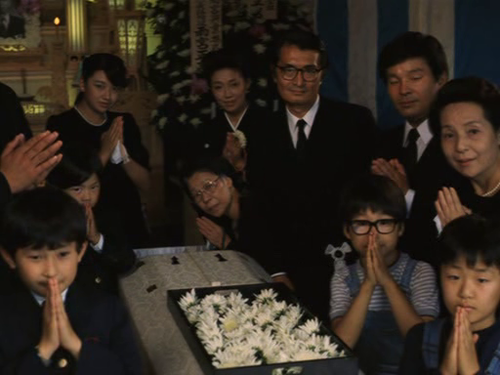
Juzo Itami’s writing and directing debut was a huge success in Japan, winning five awards from the Japanese Academy and being one of the highest grossing films of the year. In that fashion, it was a great sample of what would follow for one of the most successful filmmakers of the decade.
Chizuko and Wabisuke are a happily married couple living in Tokyo. Their lives change, however, when Chizuko’s father dies and they have to take care of the traditional funeral. Now the two of them have to choose a coffin, hire a priest, and in general, learn about all the proper rituals in order to hold a precise service. During their efforts, family secrets and tensions arise.
With an attention to detail that makes the film look like a documentary at times, Itami presents the Japanese funeral rituals. However, through this procedure, he highlights one of the most critical social issues of the 80s, that of modern people trying to maintain traditions as they are growingly influenced by western culture, particularly from the US.
Itami’s dark and intelligent humor, which would characterize the rest of his career, is also present here, delivering some hilarious moments during the dramatic, in principle, main theme.
17. Grave of the Fireflies (Isao Takahata, 1980)
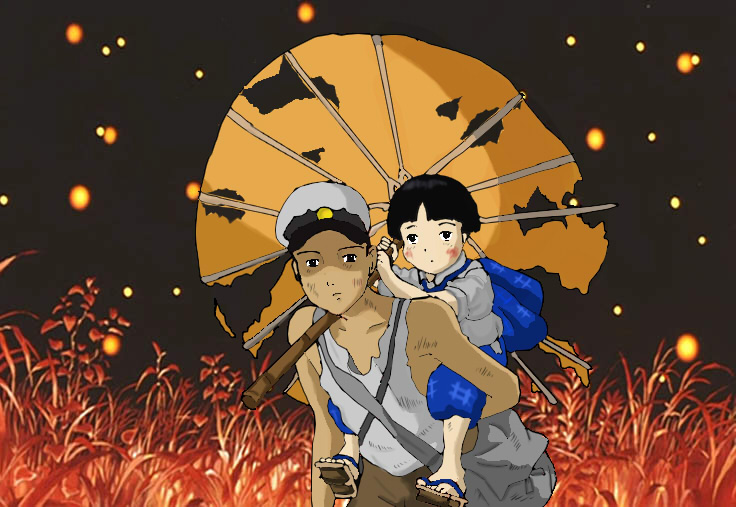
Memories of the horrors of World War II had still quite a large impact in Japanese society and art. Anime drew much from these anamneses and “Grave of the Fireflies” is one of the foremost samples of this tendency. It is based on the 1967 semi-autobiographical, homonymous short story by Akiyuki Nosaka.
The story takes place in a small city during World War II, where a boy named Seita, his mother, and his little sister try to make a living, while their father fights in the Pacific. The bombings and the subsequent evacuations are an everyday occurrence; the people, however, still believe in the final victory for Japan. Unfortunately, the reality of the war soon crashes their hopes and the situation is even worse for Seita, who now has to take care of his little sister.
Isao Takahata’s film is based in the homonymous semi-autobiographical short story by Akiyuki Nosaka, with the director retaining the horrible circumstances of the war and the tragic episodes in the life of the writer, thus resulting in a highly dramatic production.
The drawing and animation are chiefly characterized by great attention to detail and realism, two of the trademarks of Studio Ghibli. Furthermore, the feelings and thoughts of the characters appearing in the film are elaborately presented, in one of the early masterpieces of the genre.
The permeating drama that characterizes the title, and the fact that the hero is a little boy, highlights the consequences of war quite elaborately, in a style that had much appeal for Japanese audiences, who made the anime a great success. Furthermore, it is still considered one of the greatest entries in the category, internationally.
16. My Neighbor Totoro (Hayao Miyazaki, 1988)
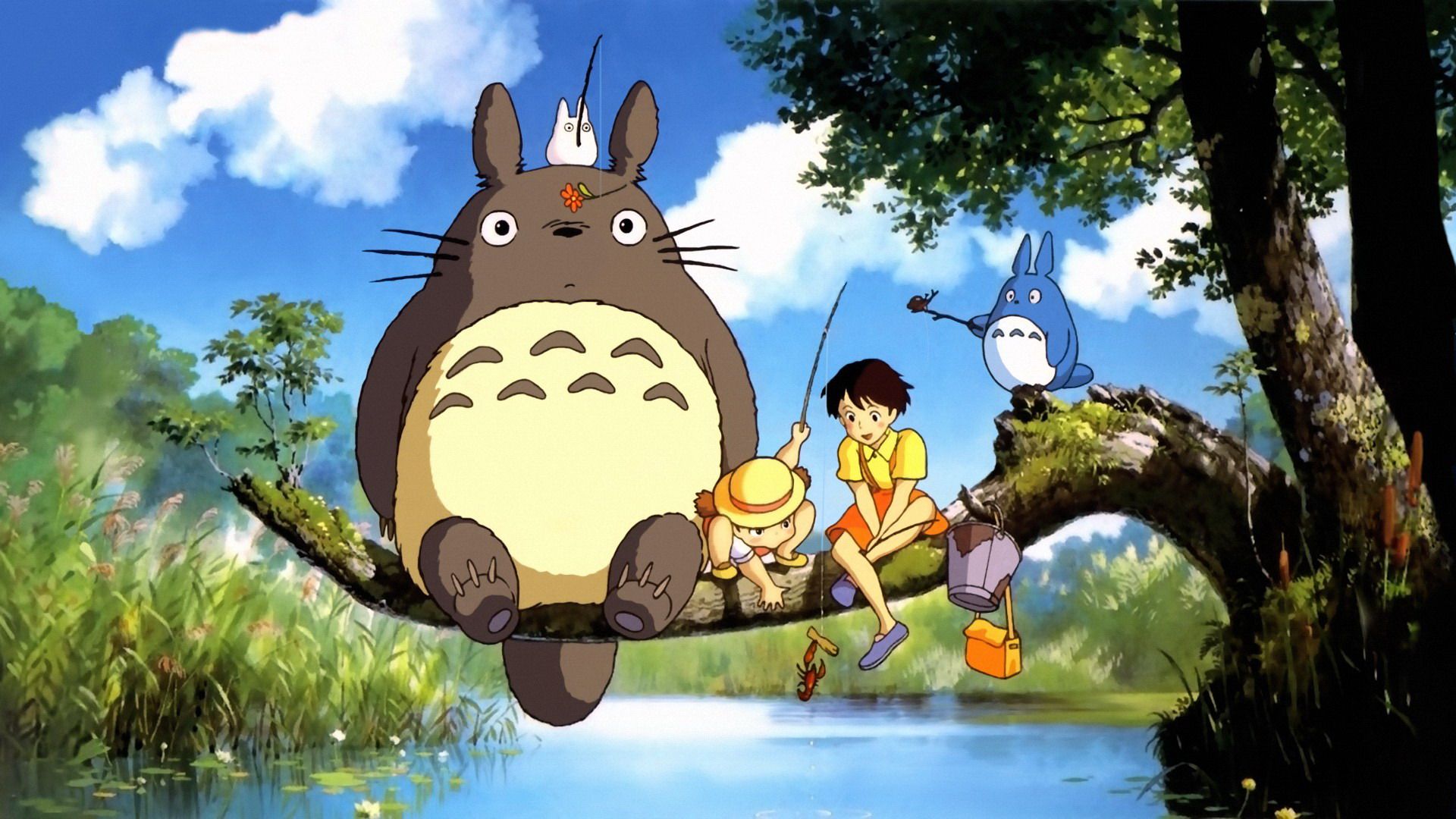
The story revolves around two sisters, Mei and Satsuki, who suffer from their mother’s lengthy stay in the hospital due to a long-term illness. Eventually, they discover another reality, which only they can witness. The one in charge is Totoro, an iniquitous creature that seems to live in a tree outside their house. The three of them together will shape an alternative, fascinating everyday life, although the pain for their mother’s suffering still remains.
Hayao Miyazaki creates a universe where childhood and its perspective of the world is the rule, incorporating moments of humor while retaining the sense of drama. What is left at the end is the value of the travels the three protagonists experience together.
The film won a number of awards in Japan, while the titular character, Totoro, became a cultural icon.
15. Zigeunerweisen (Seijun Suzuki,1980)
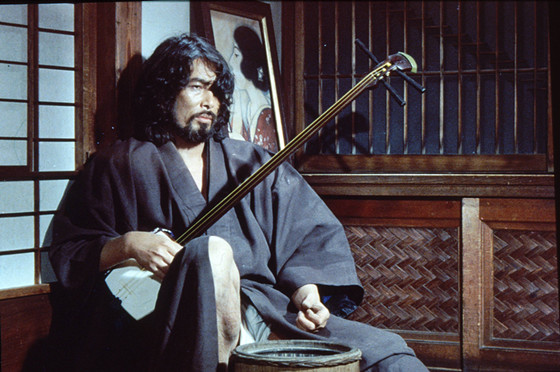
Aochi, a German professor, meets his former colleague Nakasago in a secluded seaside village. While having dinner, the two of them meet a beautiful geisha named Koine.
Six months later, Aochi learns that Nakasago is married and that his wife, Sono, looks just like Koine. After awhile, Nakasago embarks on another road trip, this time with Koine, leaving the pregnant Sono behind.
Seijun Suzuki strayed away from his usual Yakuza theme, but he could keep away the preposterousness that has been his trademark since the previous decade. In that fashion and by implementing a naturalistic but also twisted and freakish view, he managed to create a psychedelic masterpiece with an unusual combination of horror, surrealism and absurdity.
The film benefits the most from the great set design, the lighting, and the grandiose performances from the actors, which fit perfectly with the hyperbolic aesthetics of the film.